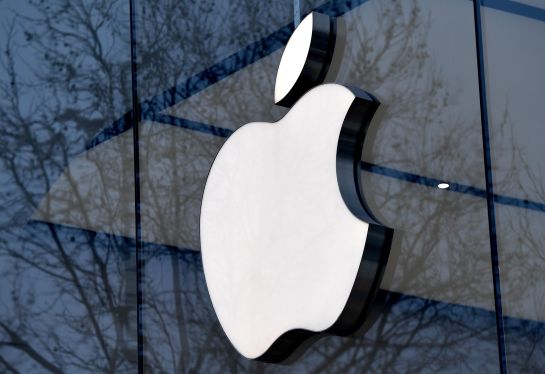New Grace Period Option Allows Developers to Retain Customers
In a move aimed at reducing involuntary churn and making it easier for developers to retain customers, Apple has announced changes to how subscriptions work on its App Store. The new feature, called the "Grace Period," gives developers the option to offer their customers a temporary reprieve from payment issues, allowing them to continue accessing subscription-based features while Apple attempts to collect payment on their behalf.
The Problem of Involuntary Churn
Before the introduction of the Grace Period, any lapse in payment could result in a customer being cut off from using an app’s subscription-based features. This not only caused inconvenience for customers but also made it more difficult for developers to reacquire their business in the future. Involuntary churn can occur due to various reasons such as expired credit cards, changes in addresses requiring billing information updates, or corporate cards getting shut off due to company expense policies.
The New Grace Period Option
Developers now have the option to enable the Grace Period from within App Store Connect, where they manage their apps. To do this, navigate to "My Apps" and click on "Features" > "In-App Purchases." In the new "Billing Grace Period" section, toggle the switch to "Turn On."
While enabling the Grace Period is a relatively straightforward process, actual implementation in the app itself requires additional effort from developers. According to Jacob Eiting, CEO of in-app subscription startup RevenueCat, this may deter some developers from adopting the feature.
Challenges and Limitations
Eiting predicts that while the Grace Period would be beneficial for users, the opt-in requirement and necessary server-side support may discourage many developers from implementing it. He also points out that Apple is playing catch-up with Google Play, which has supported grace periods since 2018.
"Google’s implementation just works," Eiting said. "Developers don’t need to write additional code."
However, he acknowledges that Apple’s investment in the subscription experience on iOS is a step in the right direction, particularly for app developers seeking to monetize their offerings and align themselves better with users’ needs.
How the Grace Period Works
Once enabled, Apple will attempt to collect payment for either six or 16 days, depending on whether the subscription duration is weekly or monthly or longer, respectively. During this period, customers retain full access to the app’s paid content without interruption. If the subscription is renewed within the specified timeframe, there won’t be any disruption to the user’s experience or developer revenue.
Revenue Share and Subscription Trends
The introduction of the Grace Period is part of Apple’s ongoing efforts to support developers in growing their businesses through in-app purchases and subscriptions. As more users turn to digital services, subscription-based models have become increasingly important for app developers seeking sustainable revenue streams.
Apple will share a significant portion of its revenue generated from in-app purchases with developers, offering them a 70% revenue cut on sales up to $1 million per year. This move is expected to encourage developers to invest more in their apps and provide high-quality experiences for users.
Conclusion
The introduction of the Grace Period marks an important step towards reducing involuntary churn and making it easier for developers to retain customers. While challenges and limitations remain, Apple’s investment in the subscription experience on iOS demonstrates its commitment to supporting app developers and enhancing user engagement.
As the mobile app ecosystem continues to evolve, expect more innovative features and services that cater to changing user preferences and developer needs.
Related Stories
- AI and Machine Learning: Explore the latest advancements in AI and machine learning with our expert analysis and insights.
- Apps and Startups: Discover emerging trends, innovations, and success stories from the app development and startup communities.
- Media and Entertainment: Stay up-to-date on the latest developments in the media and entertainment industries, including video games, streaming services, and more.
